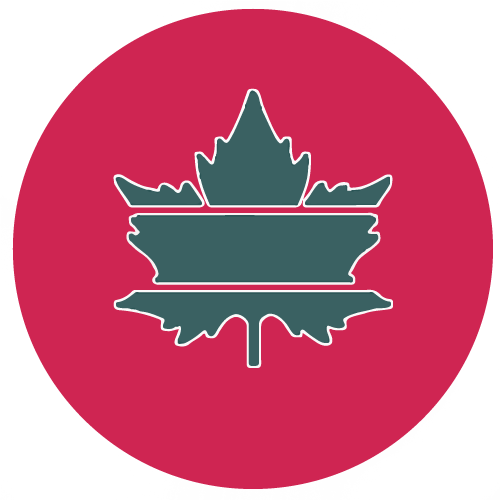Saffron Cultivation in Kashmir
Saffron Cultivation Overview
Saffron Cultivation is one of the main farming activities in Kashmir. Saffron is one of the costliest spices in the world, commonly known as saffron crocus. The Saffron flower has three main parts of which the one with crimson color(each flower bearing three threads of it is the costliest.Saffron is said to be originated from South West Asia and later spread to Eurasia, North Africa & other parts of the world. Today 90% of the total world Saffron is cultivated in Iran. Saffron is one of those agricultural products of Kashmir of which the valley is proud of, hence Saffron cultivation is done with full zeal. Saffron cultivation not only requires a vary hard labor but a great skill. Kashmiri Saffron is mainly grown in the Pampore area of district Pulwama 
Land Prepration
The Saffron seeds, which are bulb shaped are put into finely loosened ground, In saffron cultivation process this is not an annual thing but is done once in 4 to 7 years. The whole field is divided into small dome shaped portions as shown in the picture below. This particular shape ensures the optimum amount of moisture & sunlight to the Saffron seeds. . The dome shape also makes Saffron seeds immune to side effects of heavy snow fall in Kashmir in winter.Now the Saffron field so prepared needs annual maintenance, which is explained below:

Annual Maintenance
The dome shaped portion of the earth is loosened thrice in a year. The first process starts with the advent of summer i.e. the first week of June. Besides the loosening process, the dome shape is maintained as it is considered important for the growth of the Saffron flower. The earth loosening is done by hand & as such there is no machine available as of now to do this job effectively. No, you cannot use tractors or similar machines to do this as the process in itself is very sophisticated & finely done. While loosening the earth, a farmer has to ensure following things:
- The loosening should be thorough, no part of the earth should be left.
- No Saffron seed should get harmed, while doing this.
- The dome shape should not get altered.
Although, there are some small tractor like machines in the market, which are claimed to get the job of Saffron Cultivation done but as stated earlier, they are not as effective as the hand of a farmer. Well a hope is there that someday the saffron cultivation will attract some brilliant minds & a machine will be provided to farmers that will make their job easy.
The second installment of Saffron earth loosening process goes in end summer i.e. ending July & the 3rd one is done in early autumn or ending August.
After all this tiring process, the dome shapes are finely further maintained or the shape is further enhanced in ending September.

Saffron Harvesting
In early November after the saffron cultivation process ends, the saffron flowers start to decorate the earth which took the whole year of care & attention. The Saffron flowers grow directly from the earth, around 3 to 5 inches long, a Saffron flower has no plant or shrub associated with it. Yes, it grows as such. A miracle as it is told, the season in which all other plants & flowers lose their charm, the Saffron flower blooms with full charm & fragrance, hence challenging all odds of growth. The harvesting is done multiple times, with a gap of 3 to 4 days, the flowers show again & again upto some 20 days.
Saffron separation & cleaning
The Saffron flower has three main parts:
- purple petals (not so useful)
- Three yellow threads of stamen. (less costly than red part)
- Three red threads of Stigma. (Main part of the flower, costly & important).
It is the red threads of the Saffron flower which are important and considered as Saffron or Kesar in the market. After harvesting all the three parts of the flower are separated from each other. The red threads of the saffron has a white part associated with which become slightly yellow with time. The other foreign material if present in the saffron are handpicked & cleaned & the final Saffron so obtained is sent to the market.

Kesar Kottage aims to provide a platform to Saffron farmers, so that the maximum share of high value of Saffron goes directly to them. To shop from us click the “Place Order” button below :
Place Order
The post is also published here

2 thoughts on “Saffron Cultivation in Kashmir”
i bought and recieved it. I think this is the best of the saffron i have ever had
100% pure saffron keep up the good work